My first impressions of Kazan were not anything positive. It was a very mercantile city, with its people and buildings both reflecting that inside and out. Money ruled, and that was clear everywhere. Petrodollar rich teens flaunting their wealth in their brand-new Ferraris certainly did not help with that view. Unlike some other cities (Budapest and Tbilisi comes to my mind), I did not say that I would certainly be back here a second time until I saw the Temple of All Religions, or the Universal Temple as its creator Ildar Khanov called it himself. This is, something else… This place alone deserves a second and even a third visit, and that is why it gets an article of its own. Read on to find out all about this wonderful project on the outskirts of Kazan, which in itself should put Kazan on your itinerary!
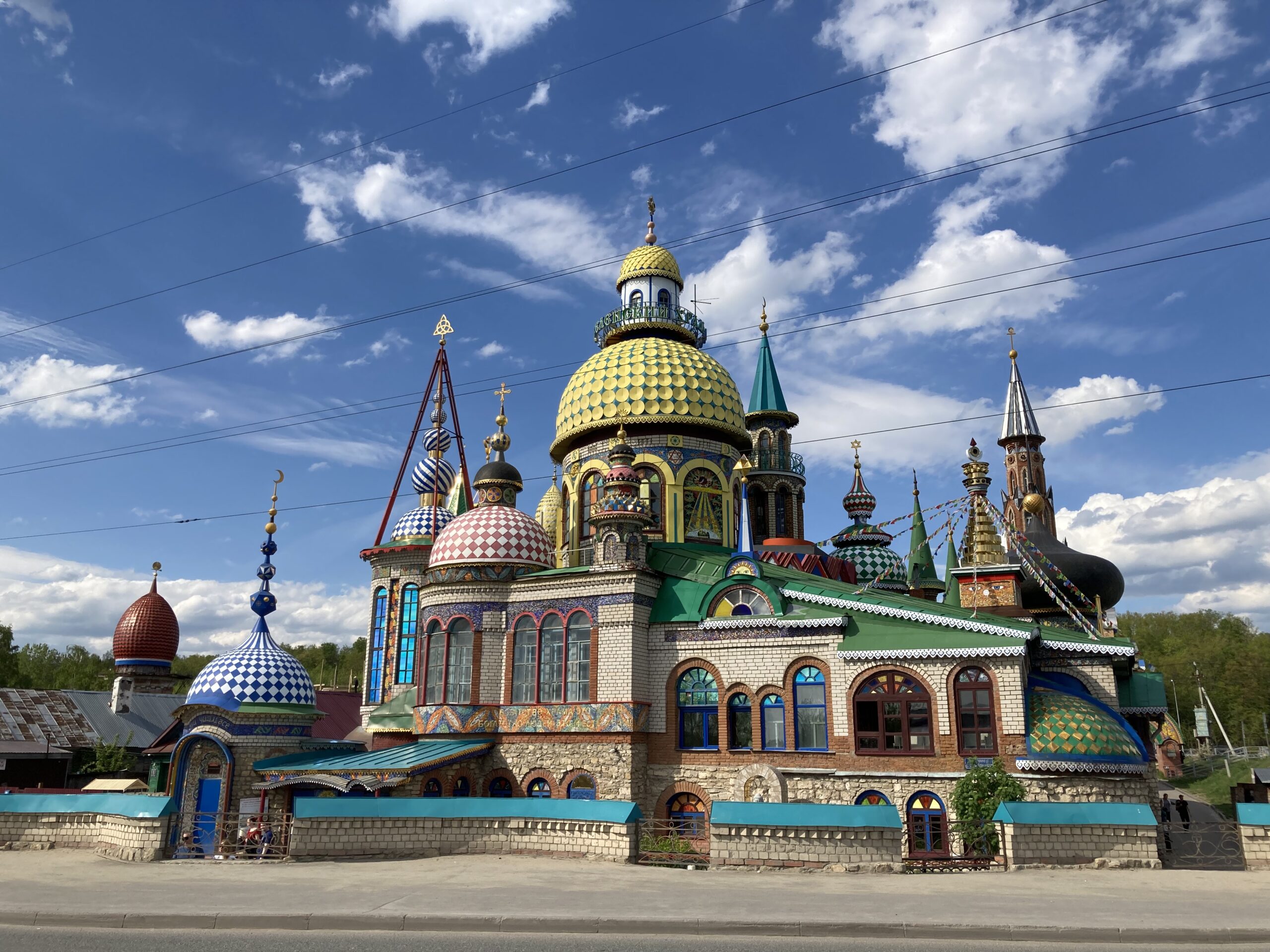
It is quite difficult to miss the Temple of All Religions enroute to Kazan, especially if you take the train there like we did. It is more or less a shining beacon (well, if it is a sunny day…), surrounded by pretty much nothing on all sides, reflecting the sun that ever so gently shines upon it. The whole structure is quite colourful, and it would not be an exaggeration to say that it is eye-catching.
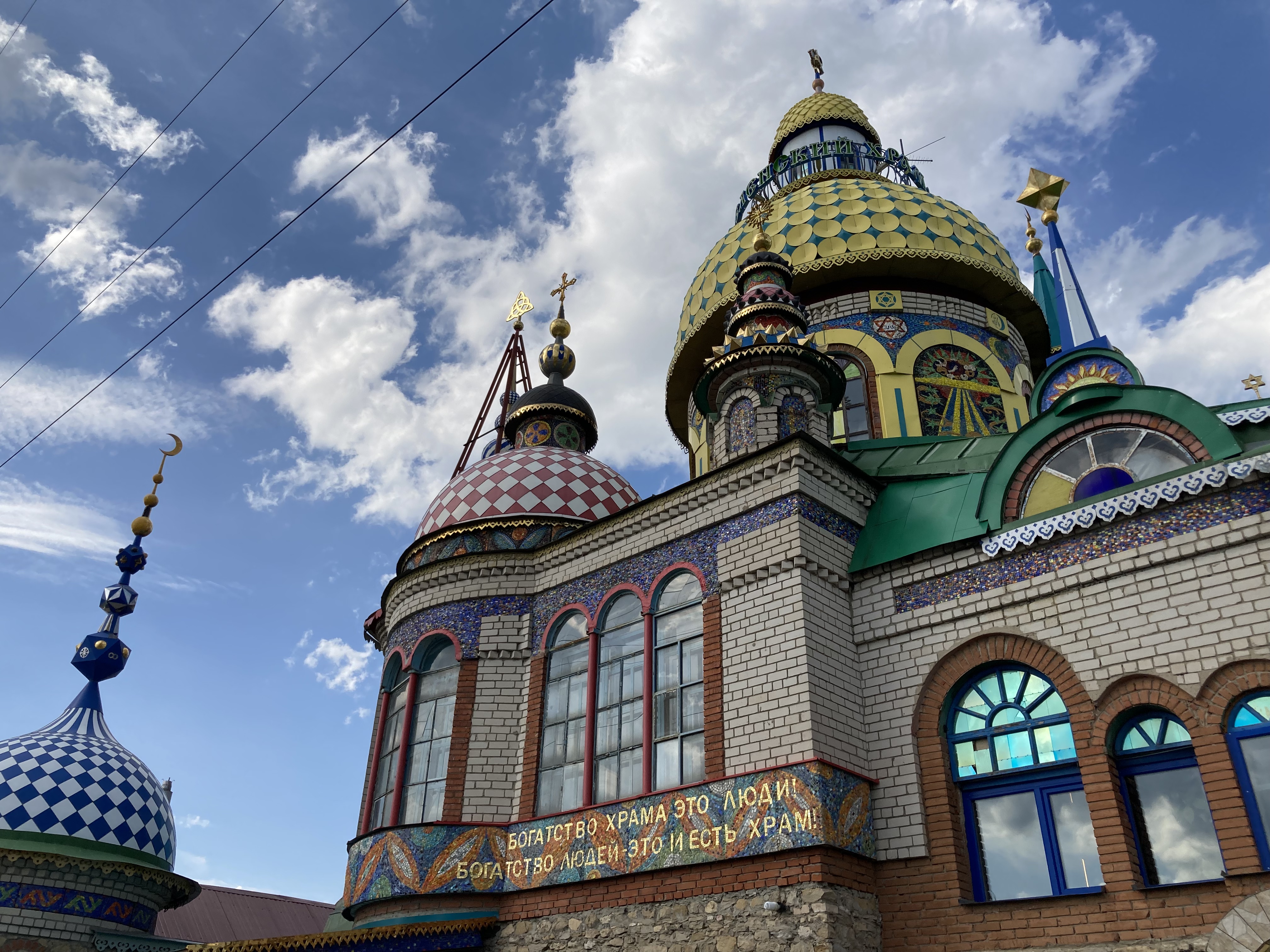
A closer inspection reveals that there is a story behind all this colourful and beautiful mess. Different spires and towers on the building refer to separate religions, or more generally speaking, belief systems. You can probably distinguish the cross of Christianity and crescent of Islam quite easily, but what about the more “pagan” symbols out there? Well, do not look at me, I am not a theologian after all…
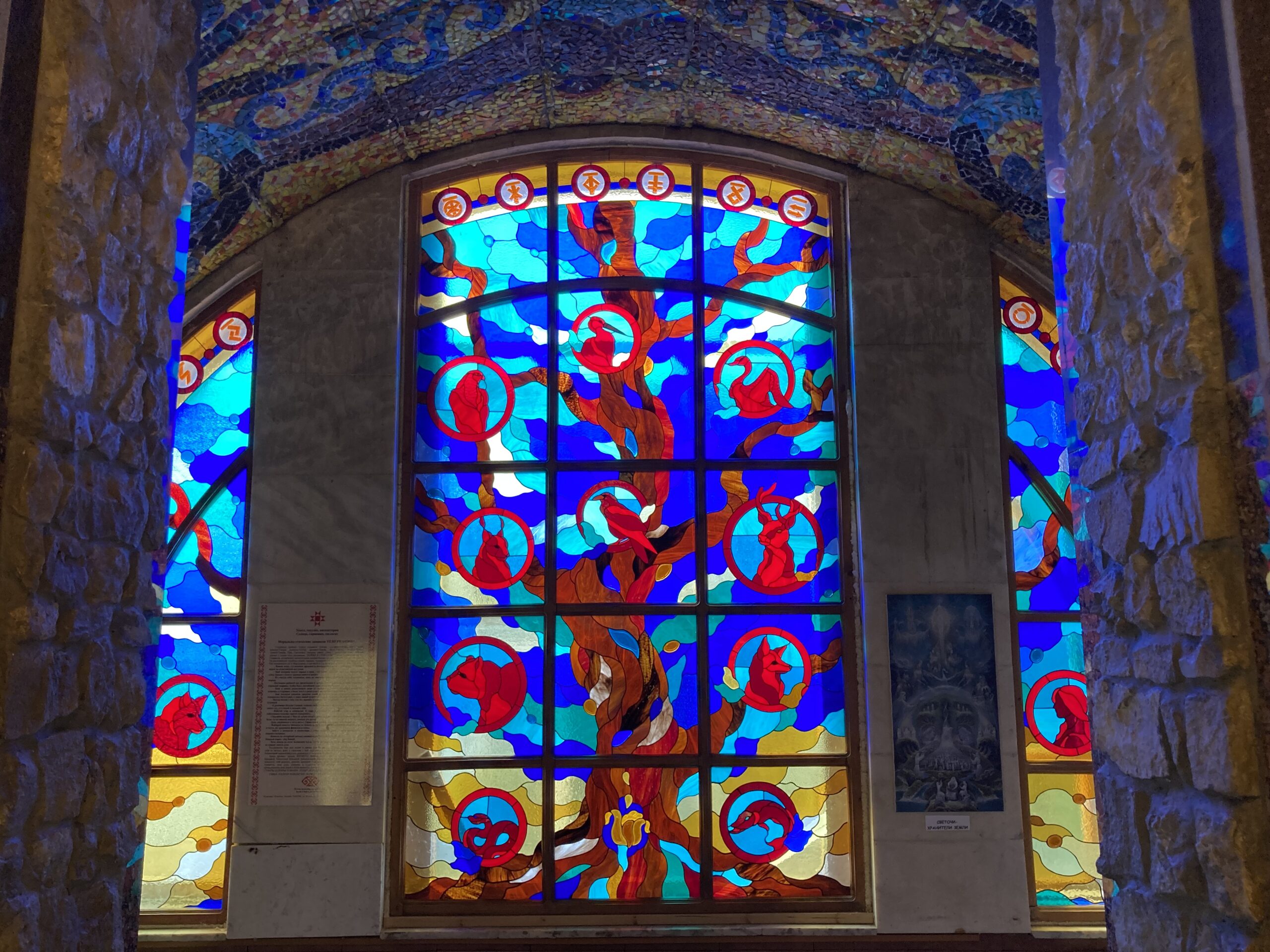
Practically as soon as you pay to get inside (a small fee of less than 3 USD that goes towards funding the project) you will be greeted with this wonderful, coloured glass panel. My photography skills as well as the camera of my phone, unfortunately, hardly do it any justice. The way sun shines through this piece of art is something well worth paying a few USD on its own…
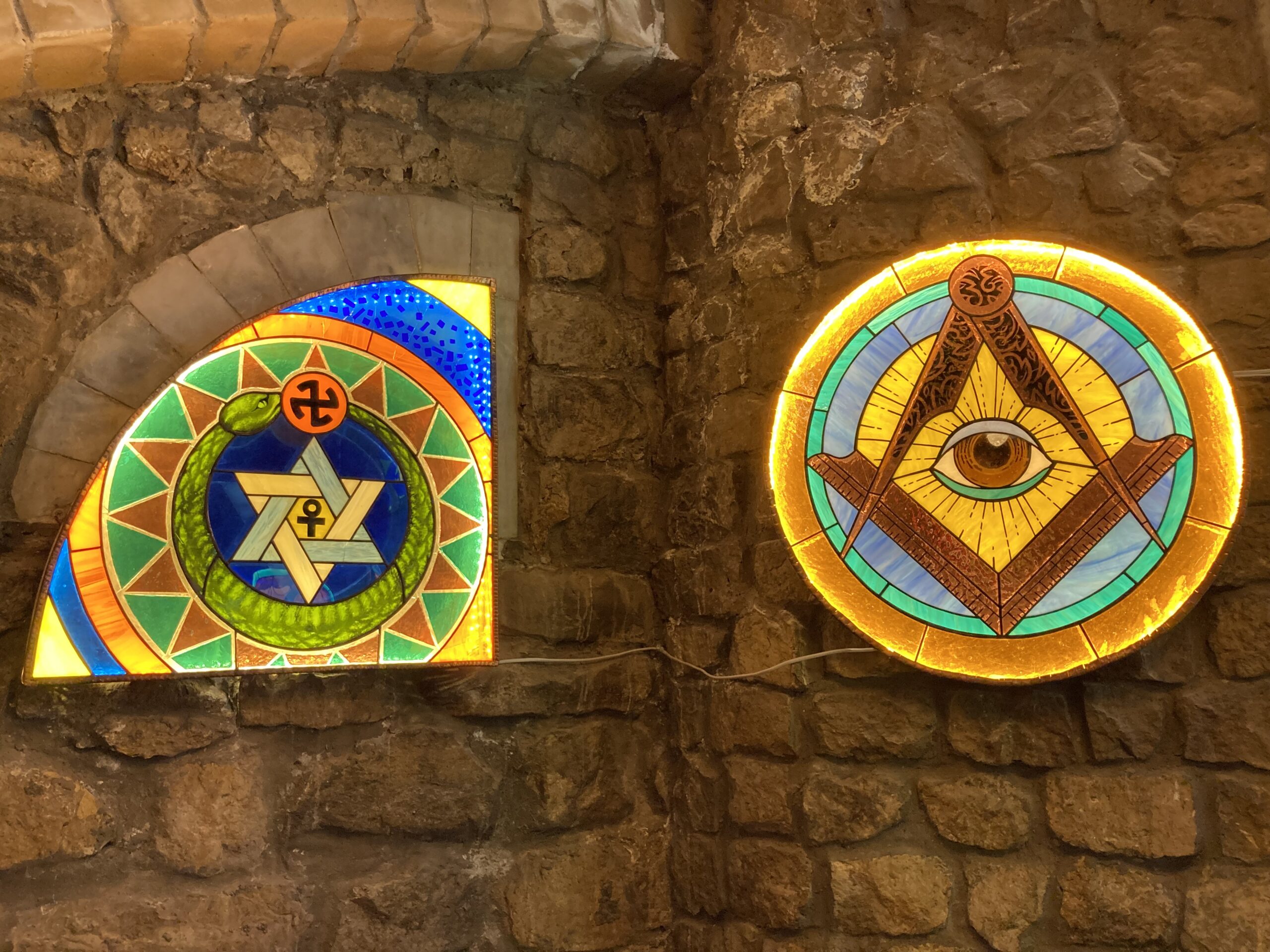
There are many interesting and quite frankly almost a bit too obscure pieces of art and religious artifacts all around this so-called temple. This was one of the few places where I genuinely thought that I would not necessarily hate the idea of having a tour guide chaperon me around.
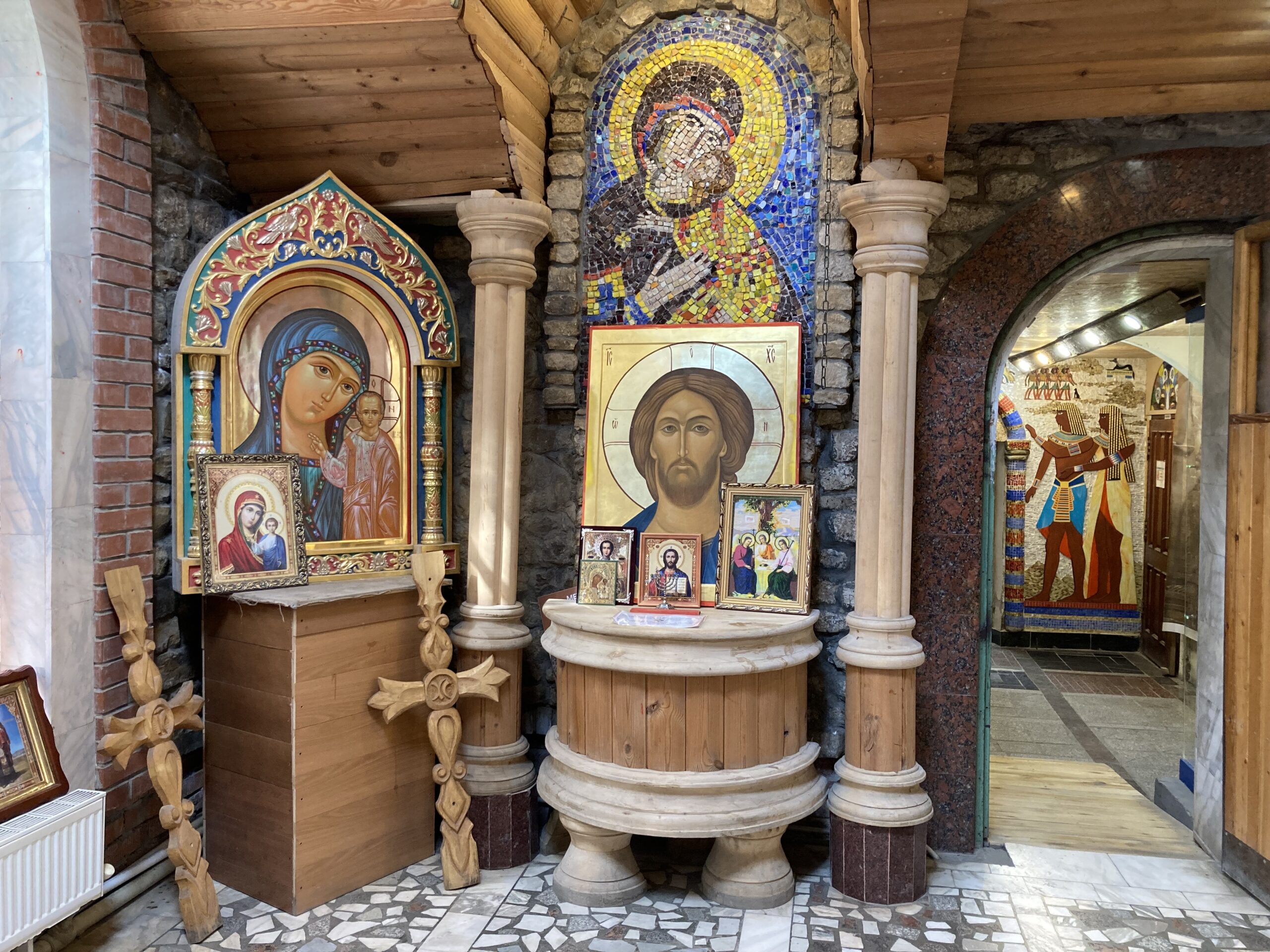
Once you get past the first few rooms, you will start running into specific halls that are dedicated to one religion or the other. The first one was Christianity, which was a rather humble room but later on I realized that the “more popular” religions in the world received a few halls and smaller segments to their names, hence this humble beginning.
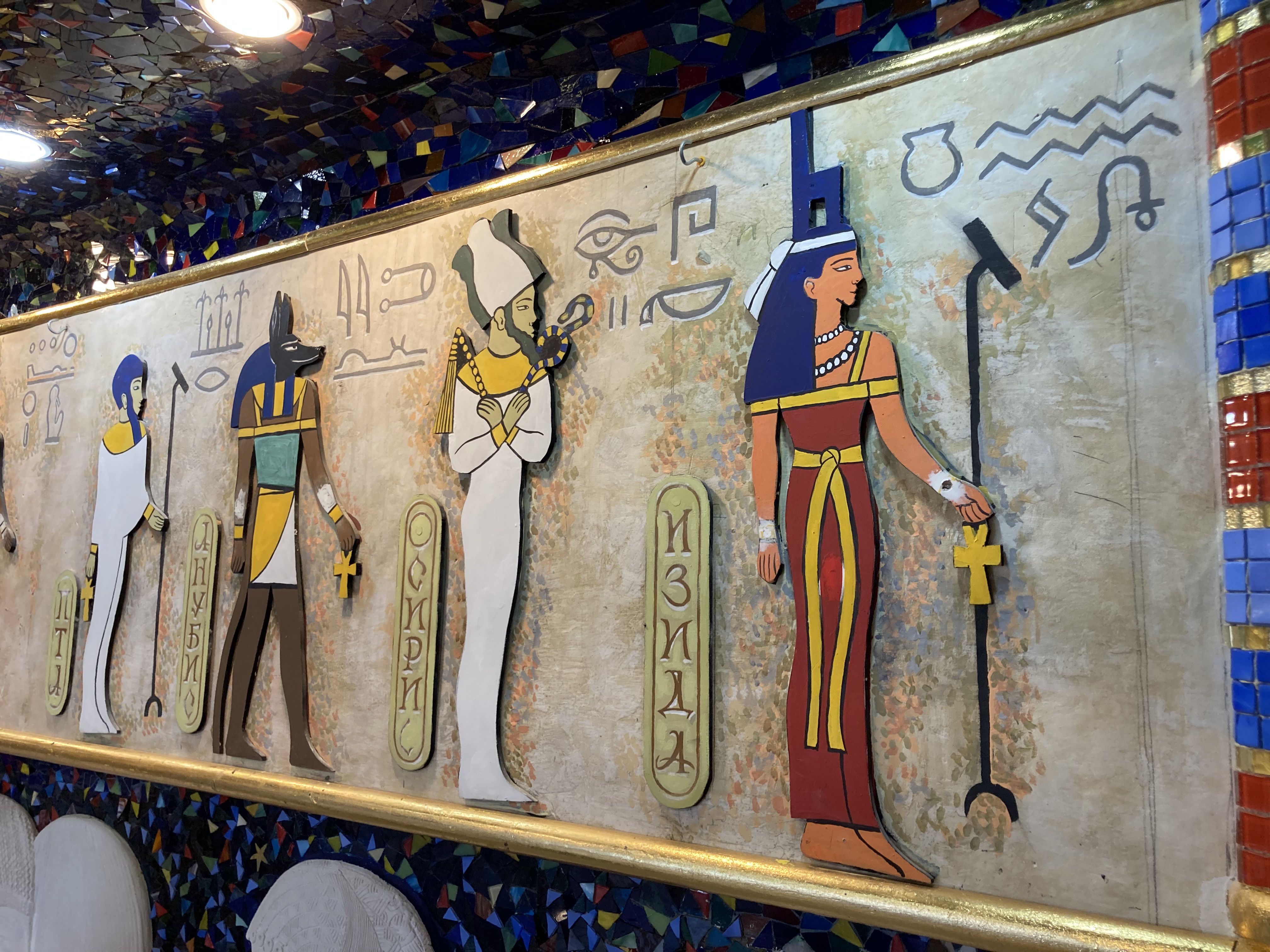
The Egyptian Hall was interesting, though perhaps a bit unpolished. It smelt like most of it was quite recently put together, and there was certainly room for improvement, both literally and figuratively. It sure was a surreal experience to read the names of Egyptian Gods in Cyrillic though.
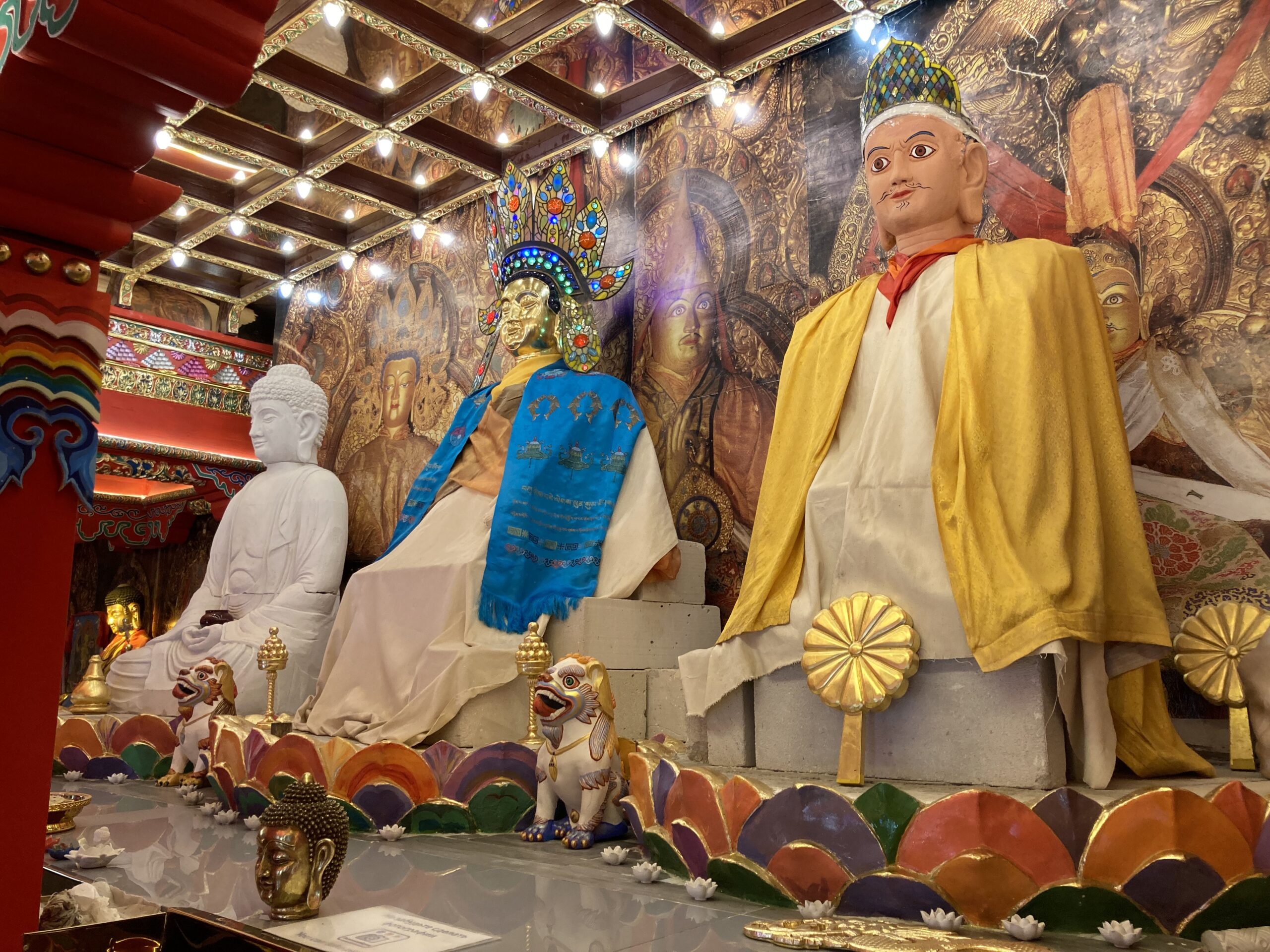
The “Asiatic” religions were honoured in a few different halls, but there was one master hall dedicated to (on paper) all of them. It featured a ton of Buddhist, Hindu, and Confucian relics, as well as these wonderful statues with varying degrees of details. Once again, I got the impression that this hall was far from being complete.
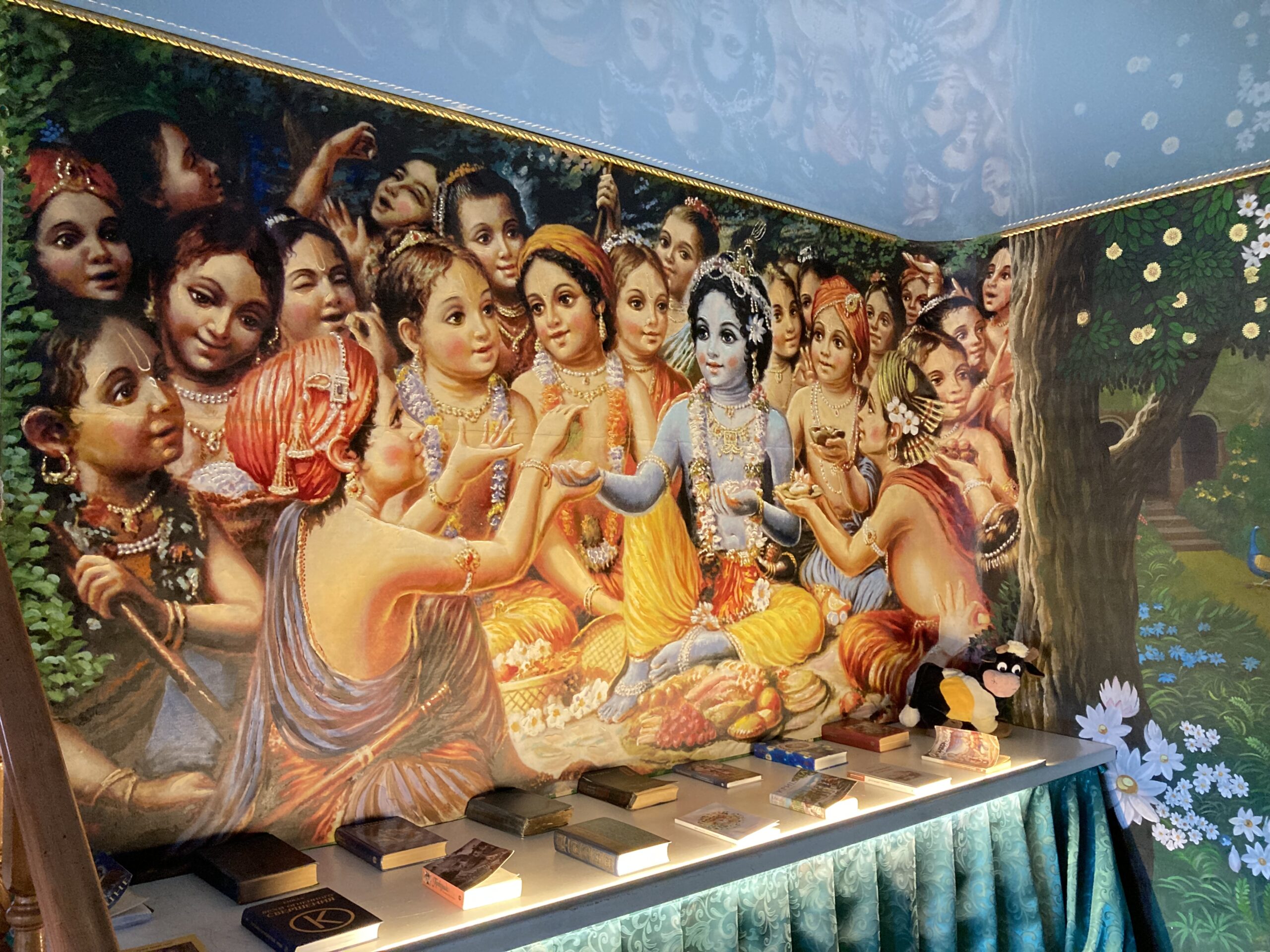
For some reason unbeknownst to me, and not particularly important to this discussion, Krishna has a special place in the hearts of some Russians, which is why temples dedicated to it as well as an entire hall in the Temple of All Religions erected for its name can be found with ease. I also spent a wonderful time in a temple full of its followers in Nizhny Novgorod and heard that its devotees were pretty active even in some small Russian cities, so there is certainly something going on there.
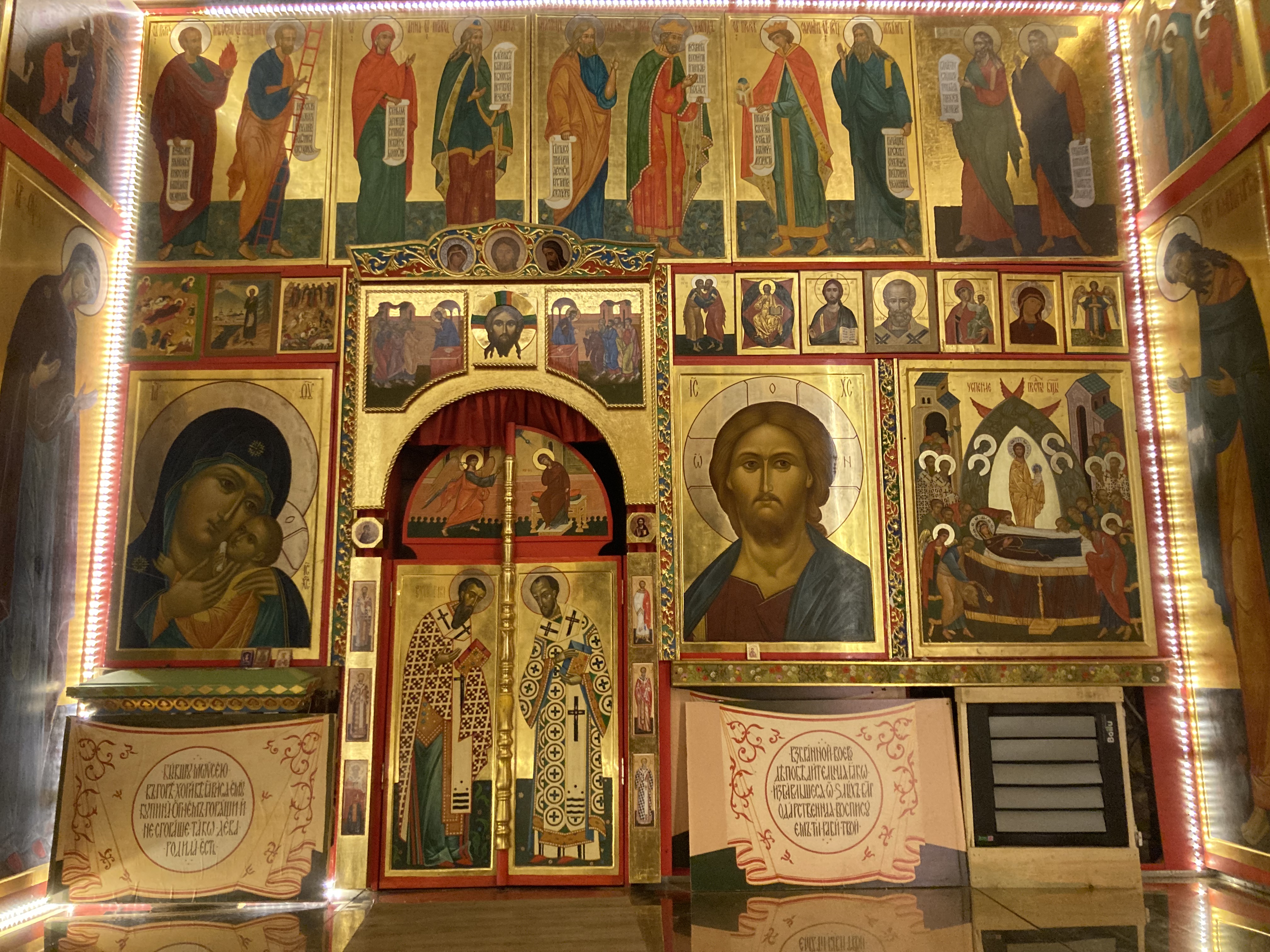
I did mention some religions getting a few different types of demonstrations in the whole “museum/temple” complex, Christianity and Islam are the two most visible ones. Both have relics scattered all around this labyrinthine structure, and it is just a given how the coexistence of these two religions are what Tatarstan is known for today.
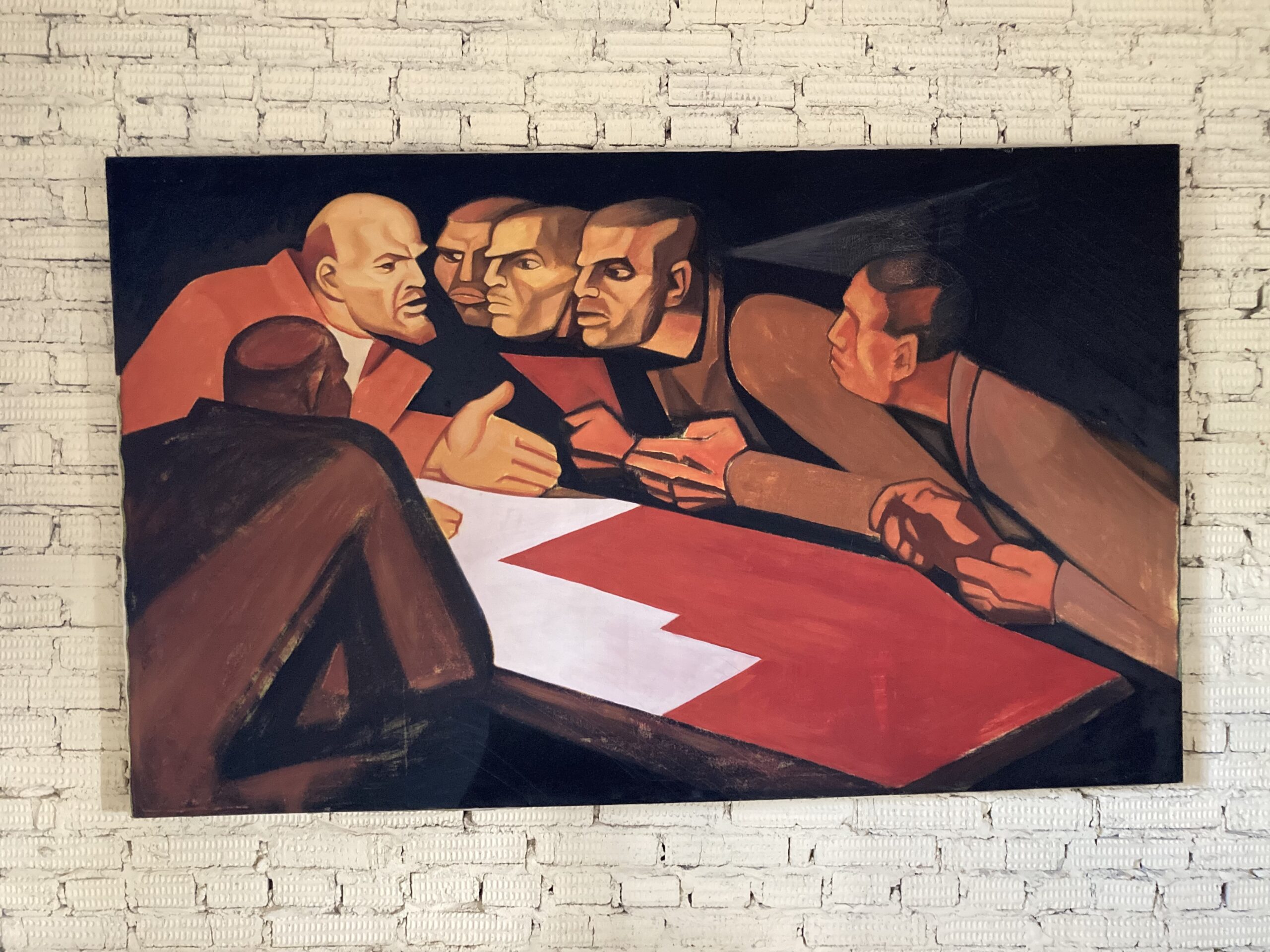
Perhaps the most striking part of the whole complex for me was the section, or should I say hall, on Leninism which treated it like a religion. It was amazing to see all these murals and paintings with Lenin akin to a God or perhaps a prophet figure in them. Certainly, to what extent can or even should the many branches of Communism can be considered a belief system on its own right is up for debate, but the discussion itself is proof enough that such a hall is not here without a reason.
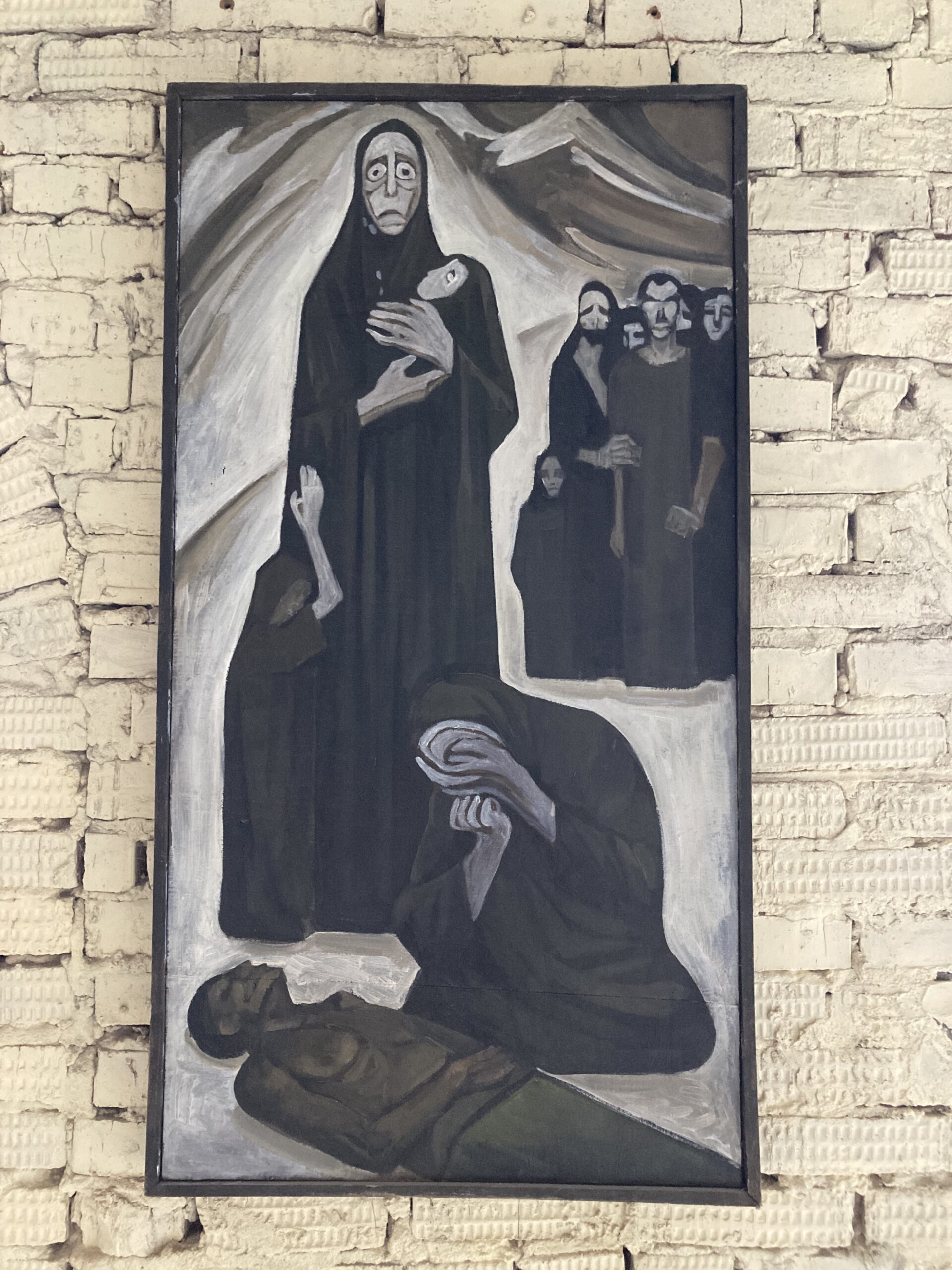
It should be made clear that this so-called Temple of All Religions is not merely a temple, nor is it a museum, nor is it an art exhibition. It is all of them combined, and at times, neither one of them. It is an experience, and it is an experiment. I am quite certain that all those other people that visited the very same place as I did that day got something personal out of their own visit, and that is exactly what makes Ildar Khanov’s and his brother’s vision so unique, and so elegant. Give this place a chance, and give Kazan a chance just because of this place if need be, you will not regret it.
